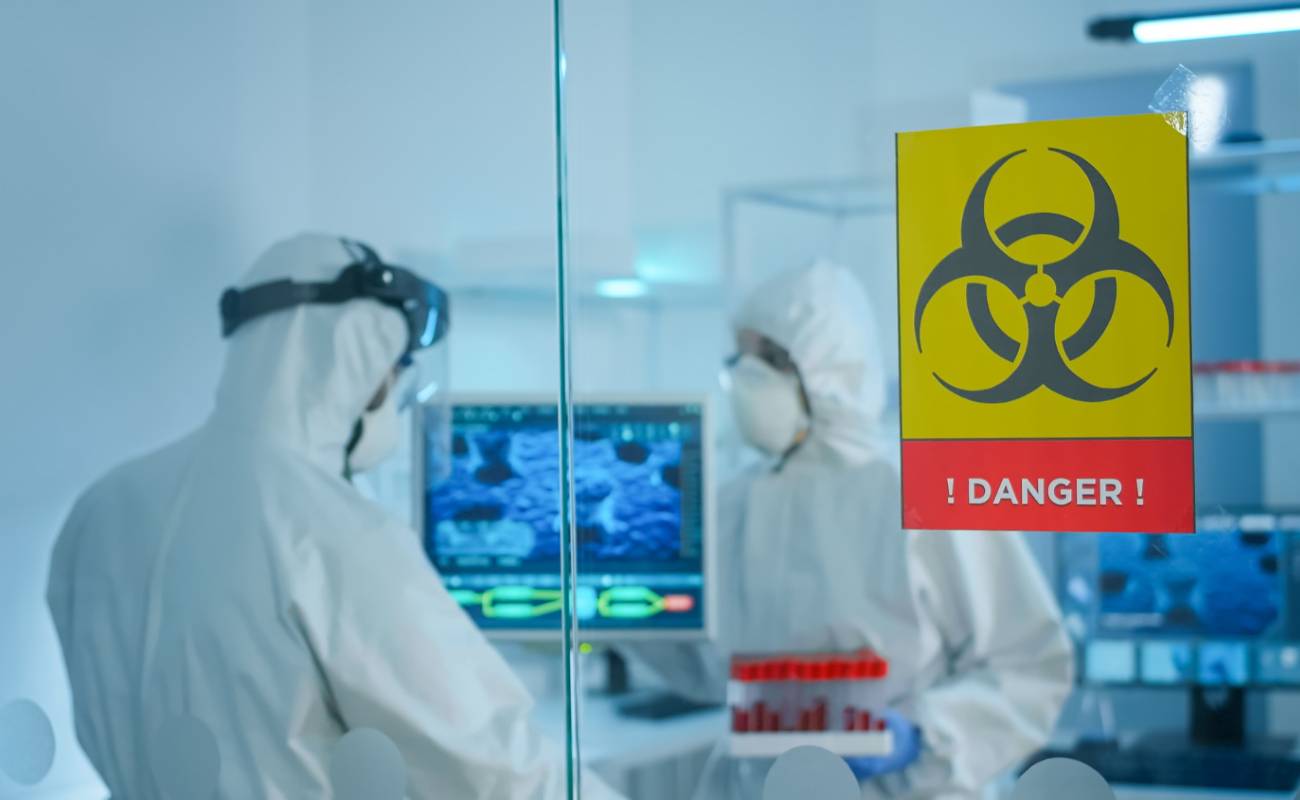The Critical Role of Rapid Investigation in Managing Thermally Hazardous Substances
The rapid investigation of thermally hazardous substances is a critical aspect of chemical safety and risk management in various industries, including chemical manufacturing, pharmaceuticals, energy, and materials science. This process involves identifying potential hazards associated with substances when they are exposed to heat, evaluating their thermal stability, and understanding the risks of thermal runaway reactions. As industries strive to enhance safety protocols and comply with regulatory standards, the importance of rapid and accurate assessment of these hazards cannot be overstated.
Introduction to Thermally Hazardous Substances
Thermally hazardous substances are materials that can undergo unwanted chemical reactions when exposed to heat. These reactions can lead to the generation of gases, heat, and pressure, potentially resulting in explosions or fires. The inherent risks associated with these substances necessitate a thorough understanding of their thermal behavior to mitigate potential hazards effectively.
Methods for Rapid Investigation
Differential Scanning Calorimetry (DSC): DSC is a widely used technique for assessing the thermal stability of materials. By measuring the difference in the amount of heat required to increase the temperature of a sample and reference under controlled conditions, DSC can identify exothermic (heat-releasing) or endothermic (heat-absorbing) events, providing valuable information about the thermal hazards of a substance.
Thermogravimetric Analysis (TGA): TGA measures the change in a substance's weight as a function of temperature or time. This method is particularly useful for evaluating thermal stability, decomposition temperatures, and the composition of materials, aiding in the identification of thermally hazardous substances.
Accelerating Rate Calorimetry (ARC): ARC is a specialized technique for determining the self-heating and self-accelerating decomposition of materials. By simulating real-world conditions in a controlled environment, ARC can predict the behavior of substances under thermal stress, providing essential data for safety assessments.
Computational Methods: Advanced computational models and simulations play a significant role in the rapid investigation of thermally hazardous substances. These methods can predict thermal behavior, reaction pathways, and risks associated with materials, reducing the need for extensive experimental work.
Importance of Rapid Investigation
The rapid investigation of thermally hazardous substances is vital for several reasons:
Safety: Identifying and understanding the risks associated with these substances is crucial for preventing accidents in the workplace, ensuring the safety of employees, and protecting the environment.
Regulatory Compliance: Industries are required to adhere to strict regulations regarding the handling, storage, and disposal of hazardous materials. Rapid investigation helps ensure compliance with these regulations, avoiding legal and financial penalties.
Product Development: In the context of product development, rapidly assessing thermal hazards can accelerate the innovation process, enabling safer and more efficient design and manufacturing of new materials and products.
Risk Management: By providing accurate and timely information about thermal hazards, rapid investigation supports effective risk management strategies, helping industries to implement appropriate safety measures and emergency response plans.
Challenges and Future Directions
While the techniques and methods for the rapid investigation of thermally hazardous substances have significantly advanced, challenges remain. These include the need for high-throughput screening methods, improving the accuracy and reliability of predictive models, and addressing the complexities of real-world scenarios where multiple substances may interact. Ongoing research and development efforts aim to address these challenges, with a focus on enhancing safety and efficiency in the handling of thermally hazardous materials.
As technology advances, the integration of artificial intelligence and machine learning in the rapid investigation process holds promise for improving the prediction and management of thermal hazards. These technologies can potentially streamline the analysis, reduce the time required for investigations, and offer more sophisticated insights into the behavior of hazardous substances under thermal stress.
So always remember, the rapid investigation of thermally hazardous substances is a critical component of chemical safety and risk management. Through a combination of experimental techniques, computational methods, and ongoing research, industries can better understand and mitigate the risks associated with these materials, ensuring a safer and more sustainable future

